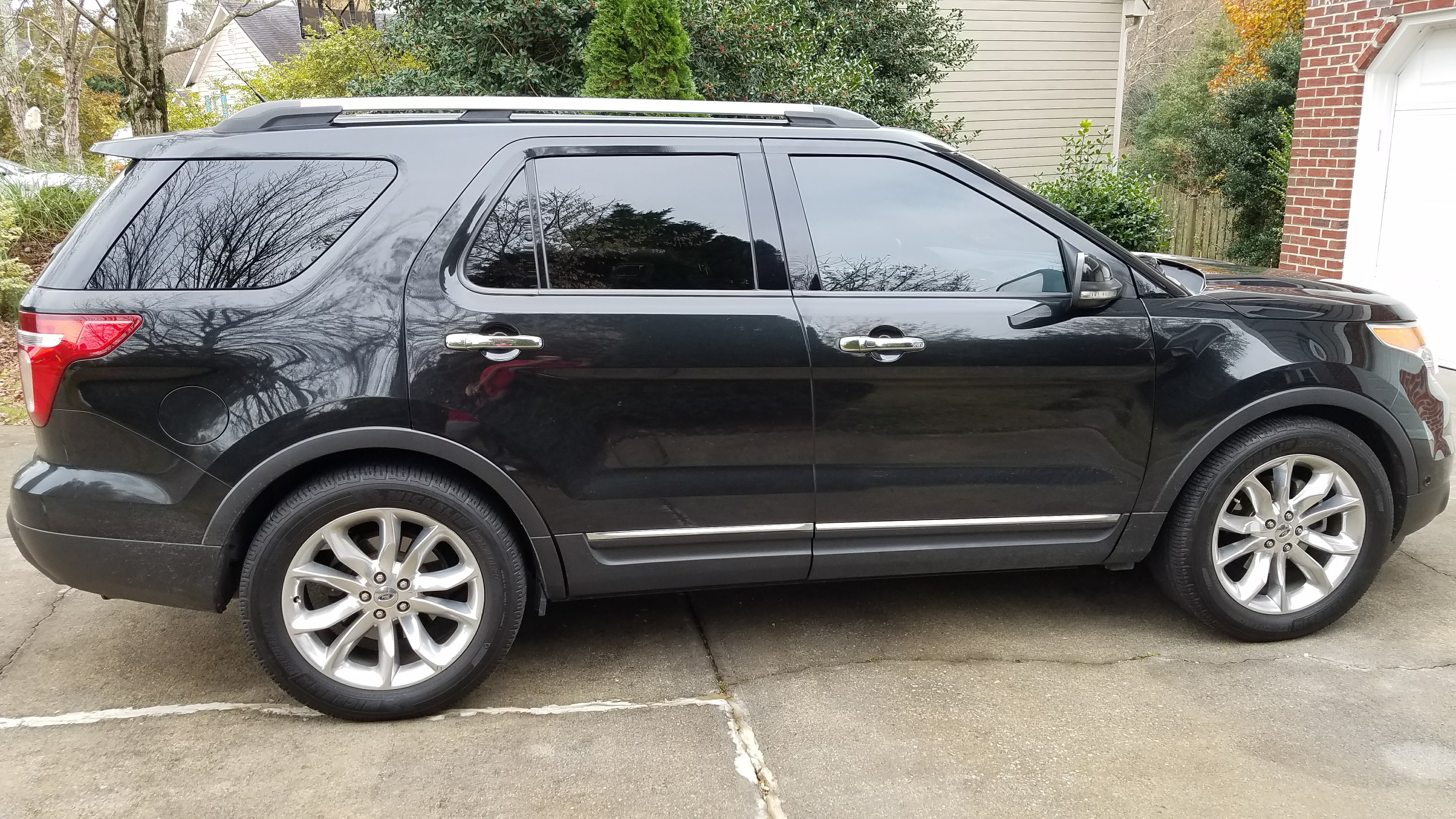121x
New Member
- Joined
- November 23, 2015
- Messages
- 5
- Reaction score
- 0
- City, State
- Ontario
- Year, Model & Trim Level
- 2013 Explorer Limited
Hi All,
New member and first time poster here. My wife is driving a '13 Limited with the 20" wheels. I was all set to replace the OEM Hankook Optimo's with a set of Michelin XLT M/S2 only to find that Michelin does not make that tire in the factory size of the Explorer with 20" package.
That said, I would still like to go with that tire given past experience (I am looking for an excellent all season tire that excels in the snow, which the LTX M/S2 does for being an all season).
Anyone know what the max size we can put on the explorer without rubbing? It appears the Michelin comes in a 275/55 r20. I am thinking that is going to rub or look possibly look out of place? The Explorer could do with slightly more rubber to fill the wheel well, but not sure if this is too large...
Any advice is welcomed and very much appreciated! I was set on ordering today when I realized they do not make an LTX M/S2 in a size that is native to the Explorer :-(
I am open to other comparable tires as well...
Thanks guys!
New member and first time poster here. My wife is driving a '13 Limited with the 20" wheels. I was all set to replace the OEM Hankook Optimo's with a set of Michelin XLT M/S2 only to find that Michelin does not make that tire in the factory size of the Explorer with 20" package.
That said, I would still like to go with that tire given past experience (I am looking for an excellent all season tire that excels in the snow, which the LTX M/S2 does for being an all season).
Anyone know what the max size we can put on the explorer without rubbing? It appears the Michelin comes in a 275/55 r20. I am thinking that is going to rub or look possibly look out of place? The Explorer could do with slightly more rubber to fill the wheel well, but not sure if this is too large...
Any advice is welcomed and very much appreciated! I was set on ordering today when I realized they do not make an LTX M/S2 in a size that is native to the Explorer :-(
I am open to other comparable tires as well...
Thanks guys!















